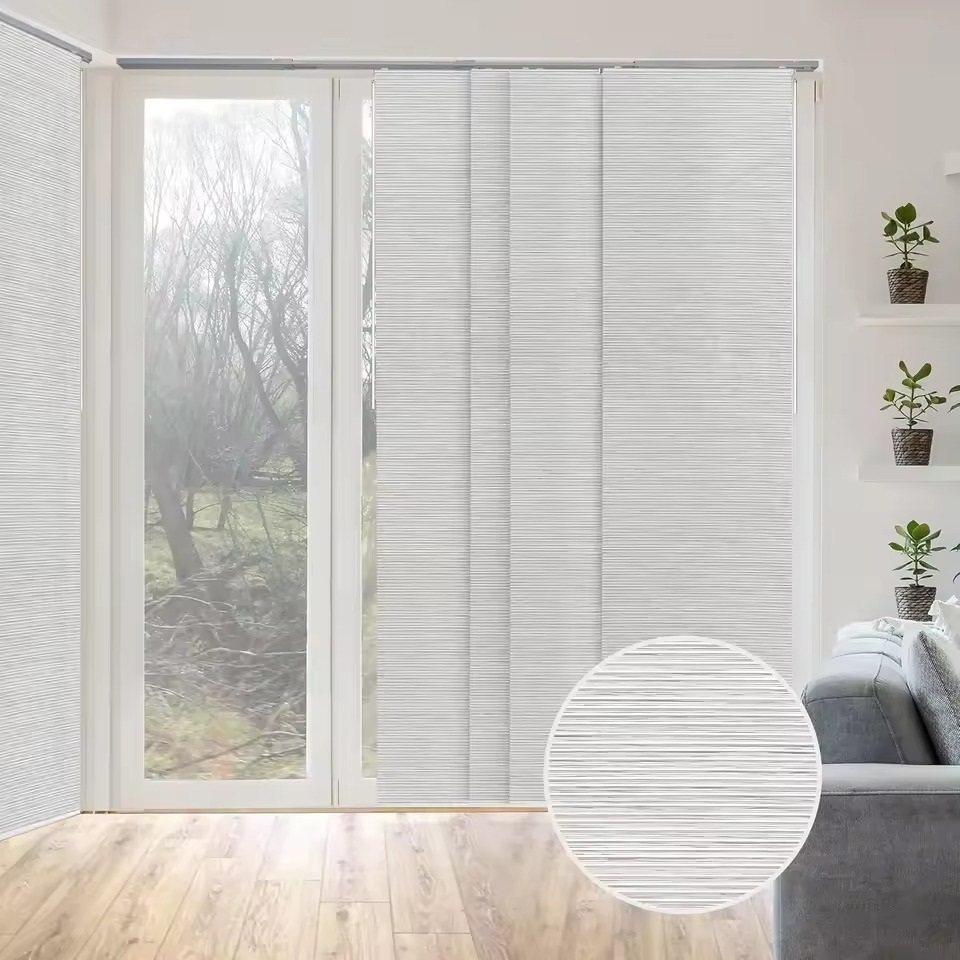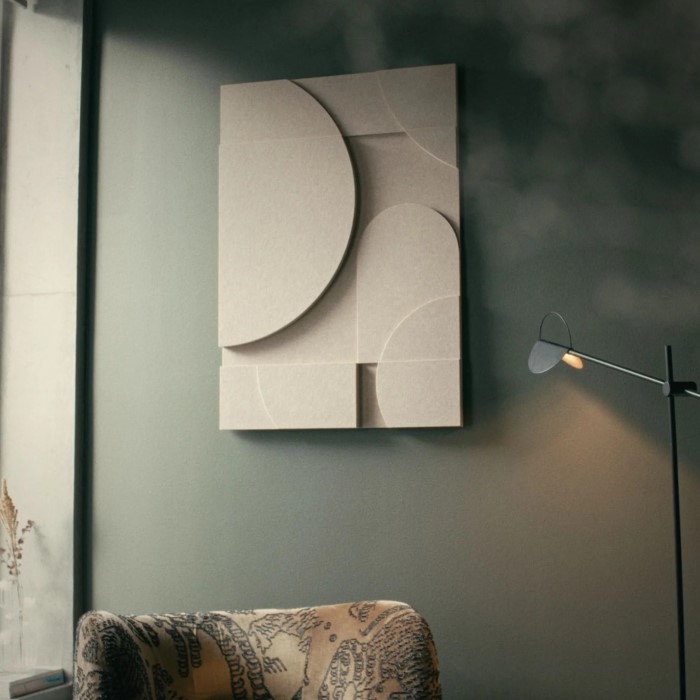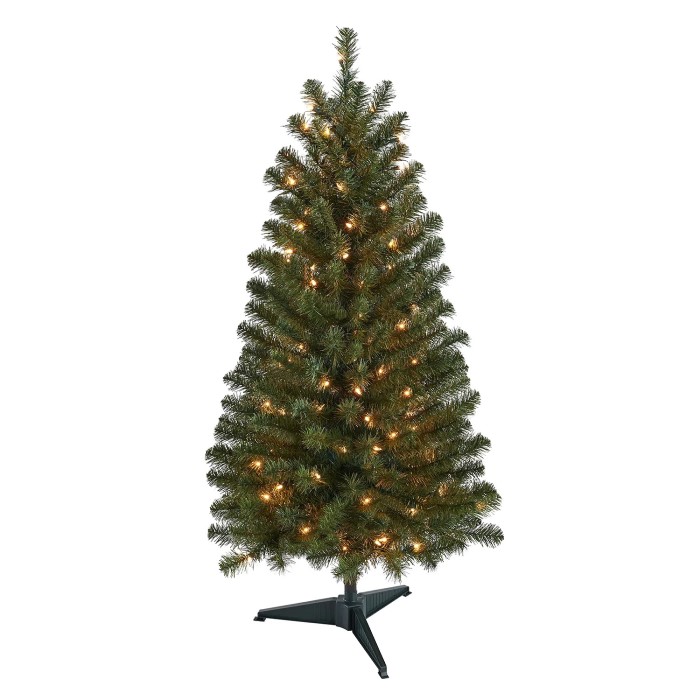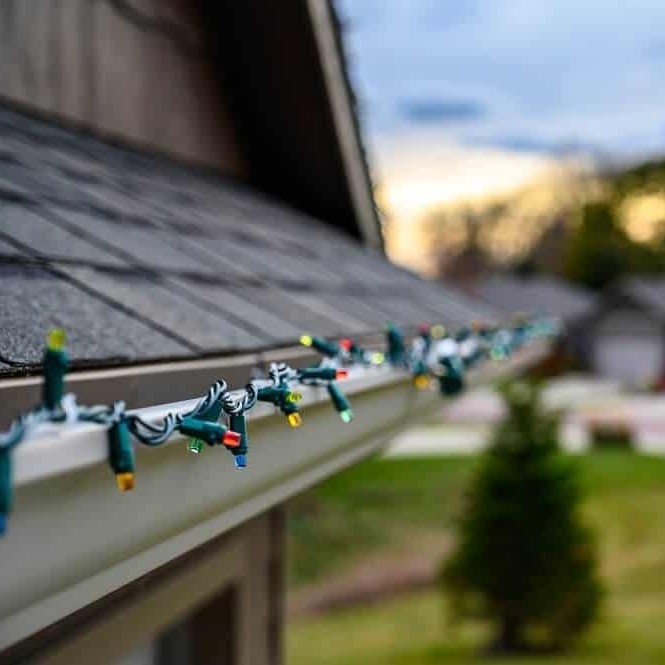Types of Blinds and Their Cost Factors
Choosing the right blinds involves understanding the various types available and how they impact the blind installation cost.
Materials and Designs Impacting Price
Different materials and designs can significantly affect the cost of blinds. Common materials used in blinds include wood, faux wood, aluminum, and fabric. Each material comes with its own price tag; wood tends to be pricier while aluminum is often less expensive. In addition to material, the design of the blinds also plays a crucial role. For instance, ornate patterns or custom colors may increase the price, whereas standard designs are typically more budget-friendly. It’s crucial to balance your aesthetic preferences with your budget when selecting materials and designs.
Mechanisms and Operation Styles
The mechanism by which blinds operate can also influence the blinds installation cost. Standard pull-cord systems are generally cheaper but may pose safety hazards, especially in homes with children. On the other hand, cordless blinds, while being safer and offering a cleaner look, come at a higher cost. Motorized blinds represent the highest cost but provide the utmost convenience with remote control operation, suitable for hard-to-reach windows. When choosing a mechanism, consider not only the cost but also the functionality and safety features that suit your home environment.
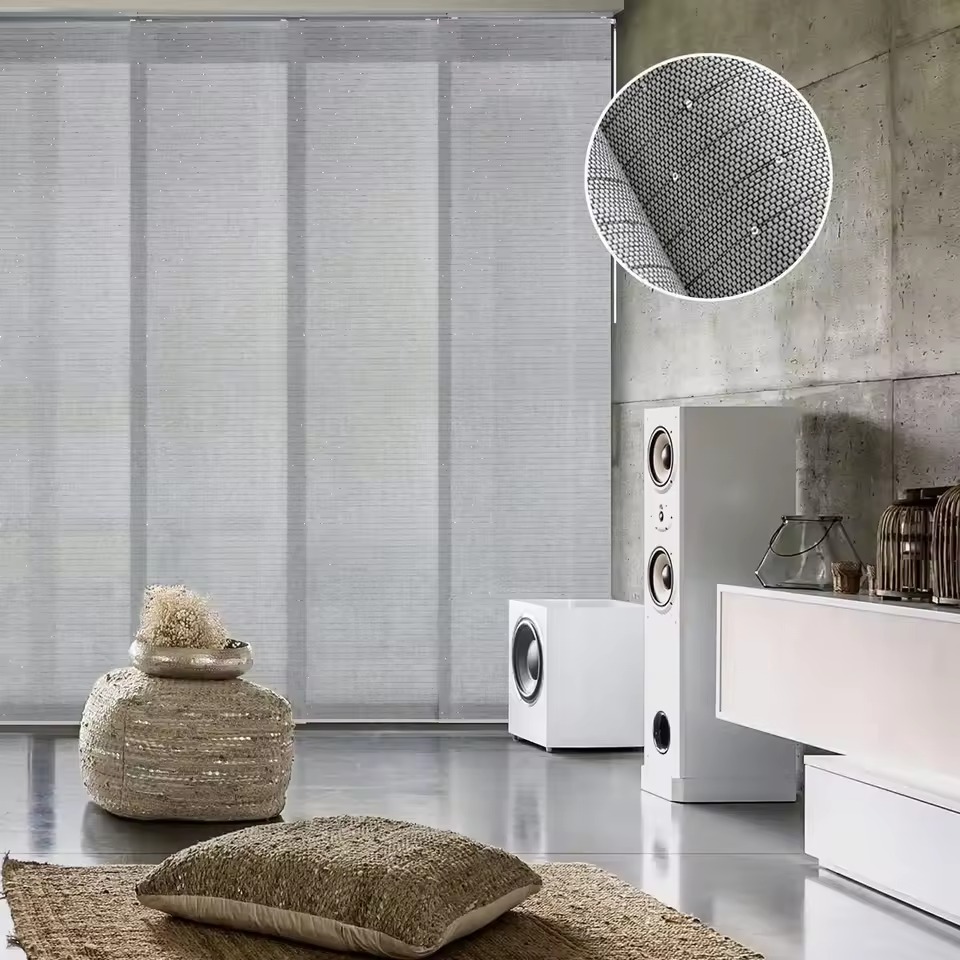
Pre-installation Considerations
Proper preparation is key for minimizing blinds installation cost. This includes accurate measurements and suitable blind selection for your specific windows.
Measuring for Perfect Fit Blinds
Accurate measurements ensure that the blinds fit perfectly within your window frames, optimizing functionality and aesthetics. To start, you need to measure the width and the height of the window from inside the frame in three places: top, middle, and bottom. Always use the smallest measurements to determine the size of blinds needed. This precision reduces the risk of improper fits that can add to the blinds installation cost.
Choosing the Right Blinds for Your Windows
Selecting the right blinds involves more than just aesthetics; it’s about functionality and matching the window’s specifications. Consider factors like the room’s exposure to sunlight, privacy needs, and your decor style. For sunlit rooms, UV-blocking blinds can be ideal, while in private areas, you might opt for blinds that offer greater coverage. Each choice influences the overall blinds installation cost, balancing between cost-effectiveness and meeting your specific window treatment needs.
Average Cost of Professional Blinds Installation
When considering professional blinds installation, costs can vary widely. On average, homeowners may spend between $200 to $1,000. This estimate often covers labor and minimum service fees but varies based on factors like blind type, window size, and complexity.
Pricing Breakdown by Blind Type
The type of blinds chosen plays a significant role in the overall cost. Here’s a quick overview:
- Vertical blinds may cost between $50 and $150 per window.
- Venetian blinds typically range from $50 to $200 per window.
- Roller blinds are usually priced between $50 and $100 per window.
- Roman blinds can cost between $100 and $400 per window.
This pricing reflects the blind itself and does not include installation fees, which might add an extra $10 to $20 per window.
Additional Expenses to Anticipate
Be aware of extra costs that may come up during installation:
- Customization of blinds can add to the total price.
- Complex windows, such as those with unusual shapes or hard-to-reach areas, often incur higher fees.
- Removal of old window treatments might be necessary, potentially adding $50 to $100 to the job.
- Travel fees can apply if your home is far from the service provider’s base location.
Keep these in mind to avoid surprise charges on your blinds installation project.
DIY Blinds Installation Guide
Taking on the task of installing blinds yourself can cut down on blinds installation cost. This section guides you through the necessary tools and materials, and provides easy-to-follow steps for installation.
Tools and Materials Needed
Before starting, gather all essential tools and materials. You’ll need:
- A measuring tape to ensure accurate sizing.
- A pencil for marking where to place the brackets.
- A drill with drill bits for making hole guides.
- Screws and wall plugs, compatible with your wall type.
- A level to ensure your blinds hang straight.
- The blinds installation kit, typically including brackets and fixings.
Check the manufacturer’s guide for any additional items specific to your blinds type. Having everything on hand before you start will help streamline the process.
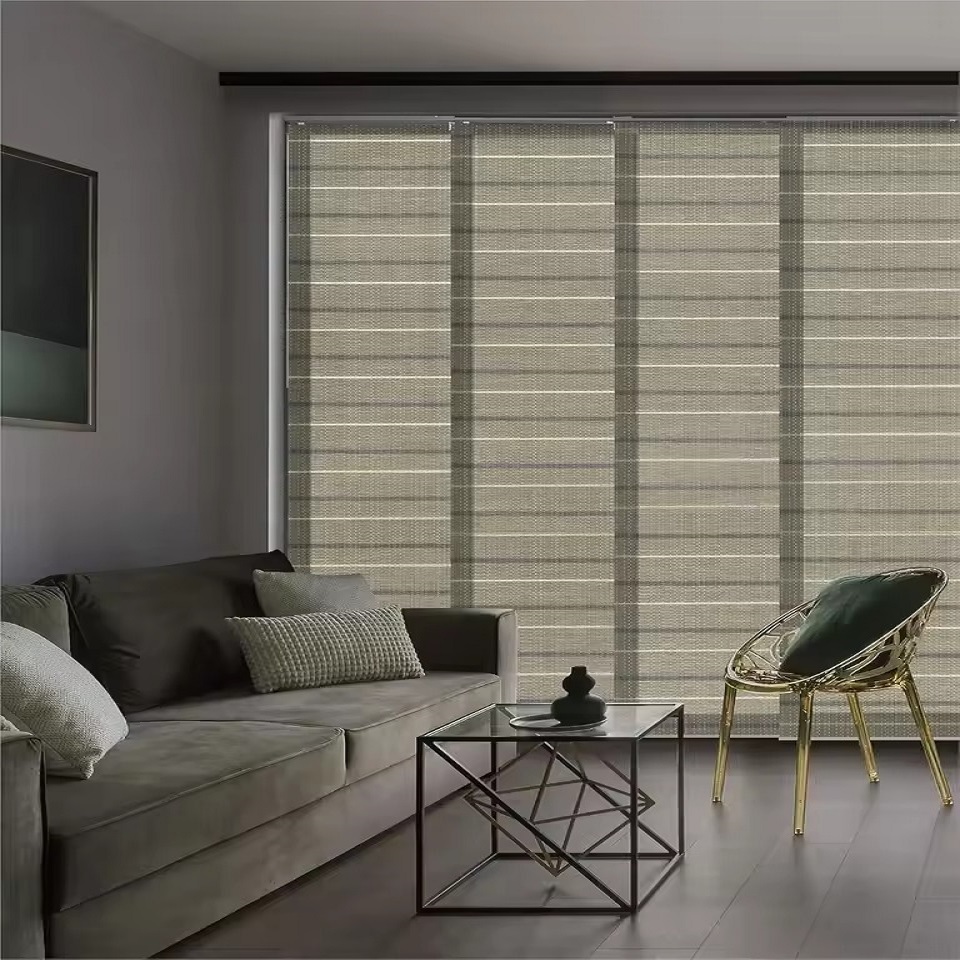
Step-by-Step Installation Instructions
Here’s a simplified guide to installing your blinds:
- Measure your window space accurately.
- Mark the bracket placement using a pencil.
- Drill holes for the brackets, then insert wall plugs.
- Screw the brackets securely into place.
- Click the blinds into the brackets.
- Ensure the blinds are level and adjust if necessary.
- Install any safety features, such as cord tidies.
Follow these steps cautiously and refer to the specific instructions provided with your blinds for a hassle-free installation. By doing it yourself, you can enjoy the satisfaction of a job well done and save on labor costs.
Hiring a Professional Installer
When considering professional blinds installation, choosing the right installer is crucial for ensuring a satisfactory outcome. The following sections will guide you through the selection process and set clear expectations for what happens during the installation.
How to Find and Choose the Right Installer
Finding the right professional for your blinds installation involves a few important steps:
- Research and Reviews: Start by searching for local installers with good reputations. Check reviews on platforms like Google or Yelp to see past customer experiences.
- Get Multiple Quotes: Contact several installers to compare their rates and services. This will help you find the best blinds installation cost and service quality balance.
- Verify Credentials: Ensure that the installer is licensed and insured. This protects you from liability and ensures they meet professional standards.
- Ask About Experience: Experienced installers will understand various blinds types and potential challenges. This experience can result in a smoother installation process.
- Discuss Your Needs: Be clear about your window specifications and personal preferences. A good installer will offer suggestions that align with your needs and budget.
What to Expect During the Installation Process
Understanding what happens during the installation process can help set your expectations and prepare you accordingly:
- Initial Assessment: The installer will first assess your windows and the selected blinds. This may include taking final measurements.
- Setup: They will prepare the area to minimize disruption and damage. Protective coverings might be used to safeguard your interiors.
- Installation: Using the appropriate tools, the installer will secure the brackets and mount the blinds. Accuracy here is key to functionality.
- Final Adjustments: Once the blinds are installed, the installer will make any necessary adjustments to ensure they operate smoothly.
- Cleanup and Review: After installation, the installer should clean up the workspace. They will also guide you on how to use and maintain the blinds properly.
By knowing these stages and choosing a competent installer, you can ensure a hassle-free and high-quality blinds installation.
Saving Money on Blinds Installation
When it comes to home improvement, saving money is often a top priority. Blinds installation can be cost-effective if approached wisely.
Tips for Budget-Friendly Blinds Choices
- Compare Materials: Choose materials that are both durable and cost-effective, like faux wood or aluminum.
- Standard Designs: Pick standard designs and colors to avoid the premiums that come with customization.
- Measure Twice: Ensure accurate measurements to prevent the extra cost of resizing.
- Opt for Simplicity: Select blinds with simple mechanisms. Cordless options can be affordable and safe.
- Bulk Purchases: Consider buying blinds in bulk if you’re outfitting multiple windows for potential discounts.
These strategies will assist in keeping the blinds installation cost within budget while still fulfilling your needs for style and function.
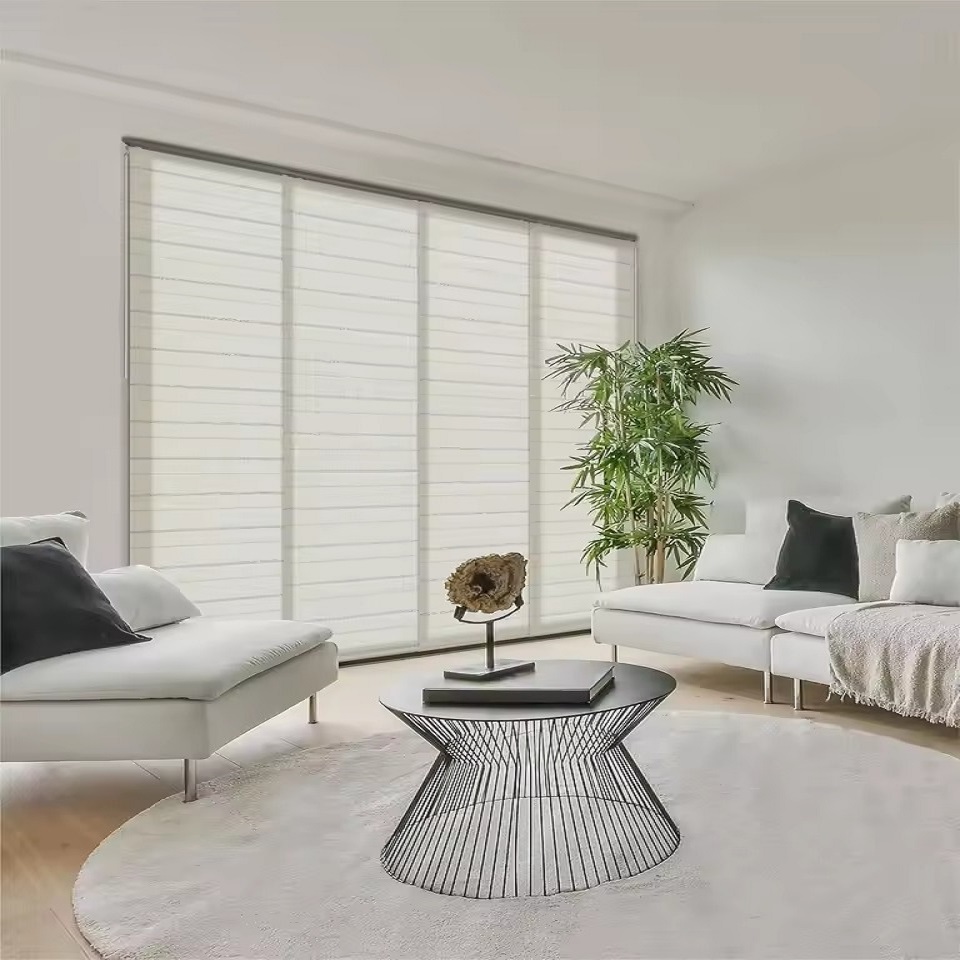
Where to Source Affordable Blinds
Finding budget-friendly blinds may require some research. Here are a few suggestions:
- Home Improvement Stores: Check out big-box retailers for sales and discounted items.
- Online Marketplaces: Online sellers may offer competitive pricing and a broad selection.
- Factory Outlets: Brand factory outlets can provide high-quality blinds at reduced prices.
- Local Discounts: Keep an eye out for local stores offering promotions or going-out-of-business sales.
By exploring these avenues, you can source blinds that are both affordable and suitable for your home, keeping the blinds installation cost low.
The Impact of Location on Installation Costs
The location where you live can significantly affect blinds installation cost. Local economic conditions, cost of living, and the availability of professionals can all alter installation prices dramatically. For example, installations in urban areas often cost more than in rural places. It is essential to consider these factors in your budget.
Variations in Price Across Different Regions
Different regions show varied pricing for the same types of blinds installation. In regions with higher economic activity, such as large cities, the cost tends to be higher. Conversely, more rural or less economically busy areas may have lower costs. Additionally, travel fees charged by professionals from farther distances can increase the overall expense. It’s worthwhile to source local providers to mitigate these costs. Comparing quotes from different areas might also reveal cheaper options while assisting in budget management.
Trends in Blinds Installation and Pricing
Staying ahead with the latest trends in blinds can impact installation costs. As styles evolve, so do pricing and demand for certain features.
The Latest Styles and Technologies
Blinds are not just about privacy and light control; they now enhance home decor. New styles and tech bring fresh looks and functionality. Examples include sustainable materials, smart home compatibility, and minimalist designs. These innovations may cost more but offer long-term value. Eco-friendly blinds, such as those made from bamboo, are gaining popularity. They are durable and have a unique aesthetic. Smart blinds that work with home automation systems allow for timing and remote adjustments. They offer ultimate convenience but come with a higher price tag. Sleek, modern designs with hidden mechanisms are sought after for their clean appearance.
Predicting Future Cost Developments
Forecasting future costs requires looking at industry trends and material costs. With interest in smart homes growing, tech-equipped blinds prices may drop as they become standard. But specialty materials or designs will likely remain premium. Economic factors, like material scarcity and labor costs, also influence prices. To stay economical, consider investing in timeless styles and durable materials that last. Keep an eye on industry news for upcoming features that could influence future pricing.





